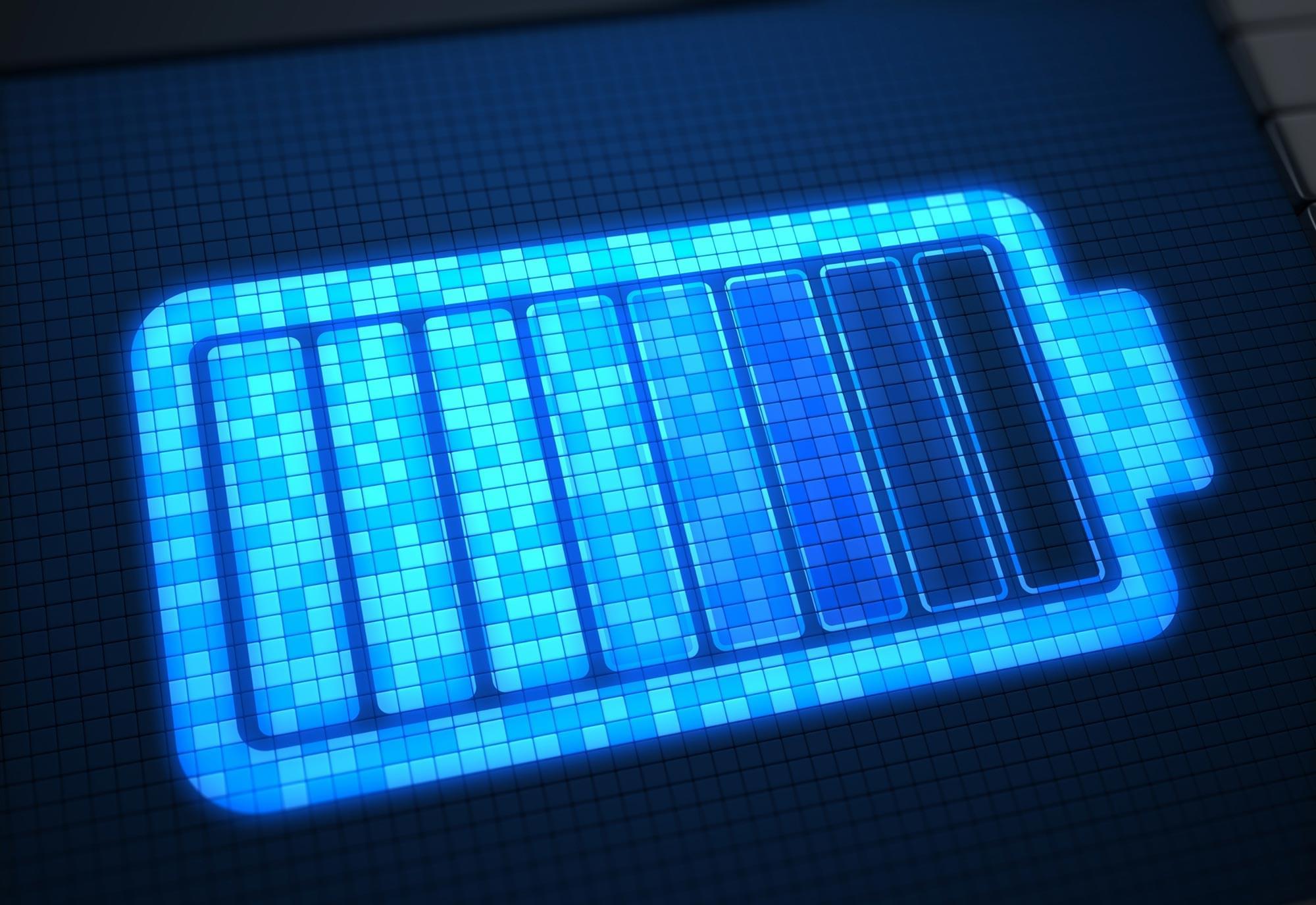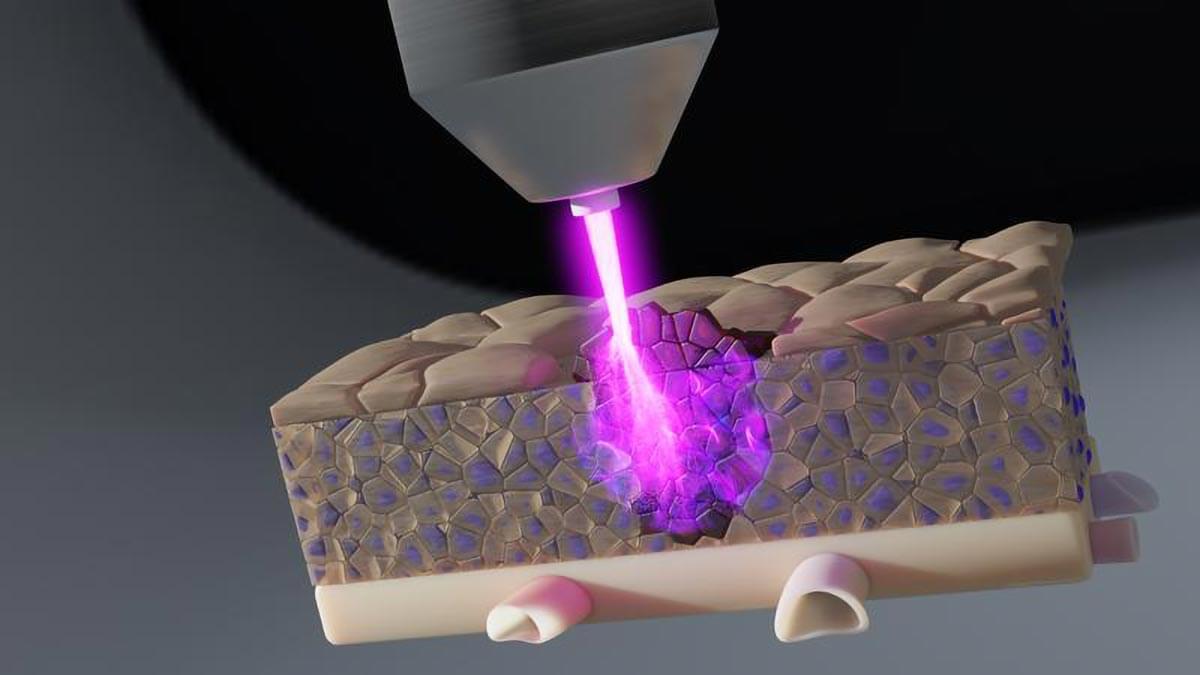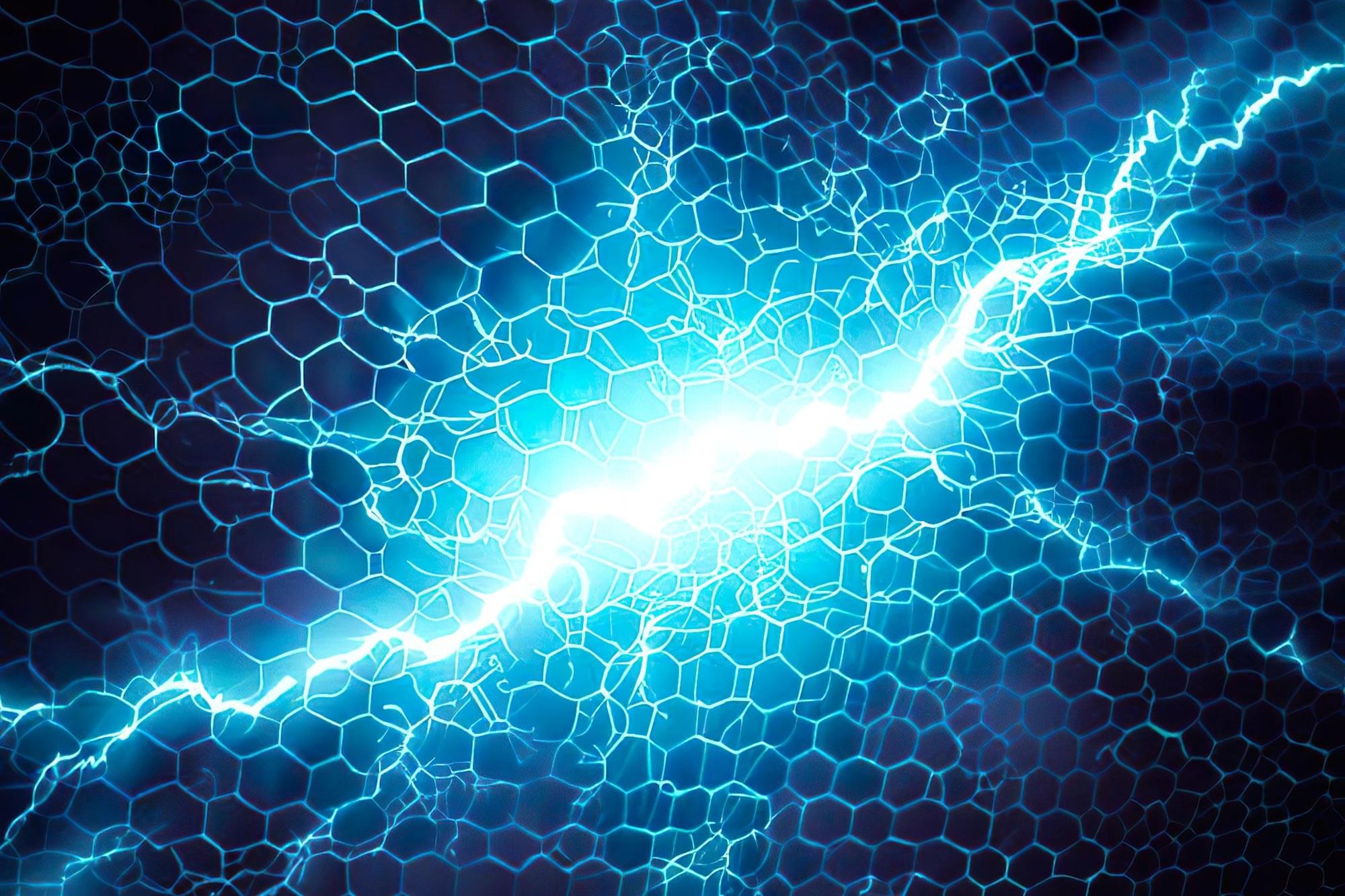The color-correcting tool called “SeaSplat” shows underwater features in colors that appear more true to life. The ocean is filled with life, yet much of it remains hidden unless observed at very close range. Water acts like a natural veil, bending and scattering light while also dimming it as it









